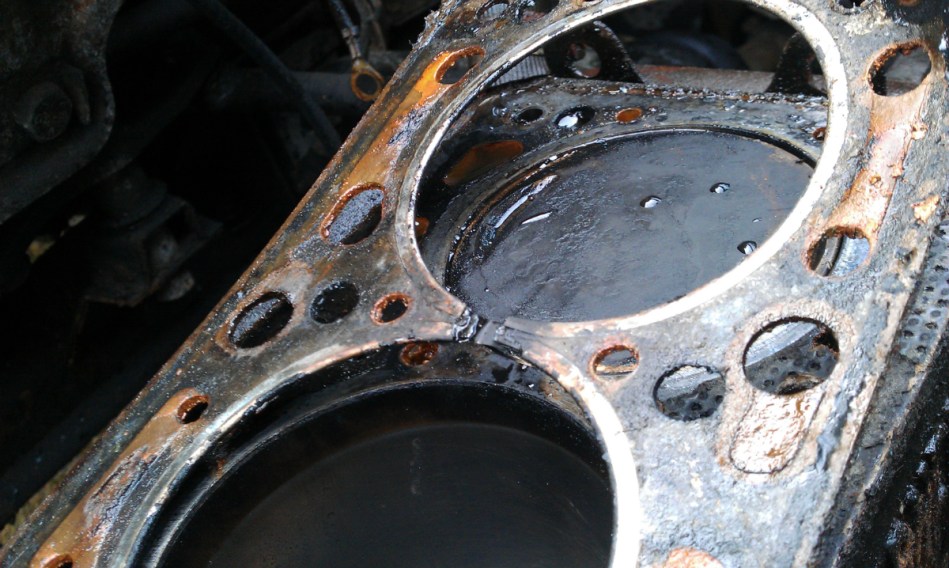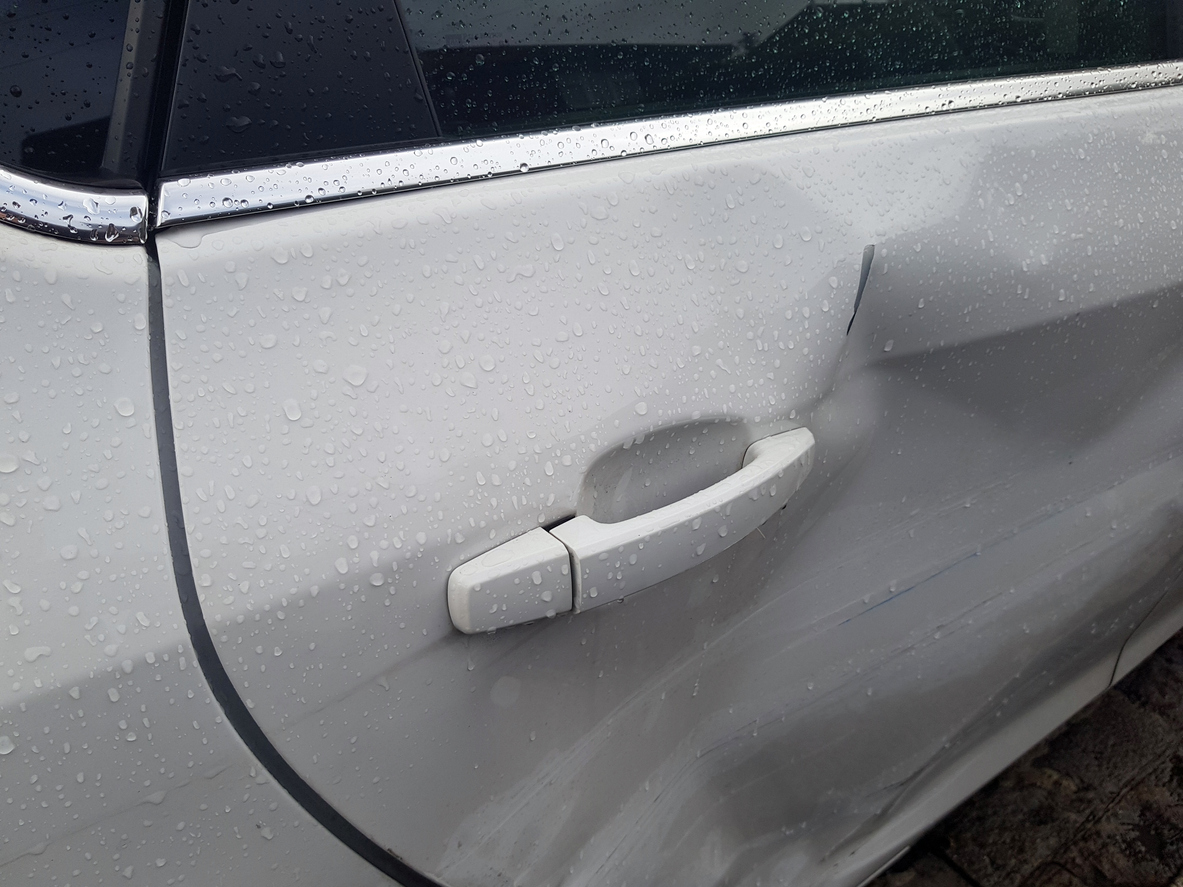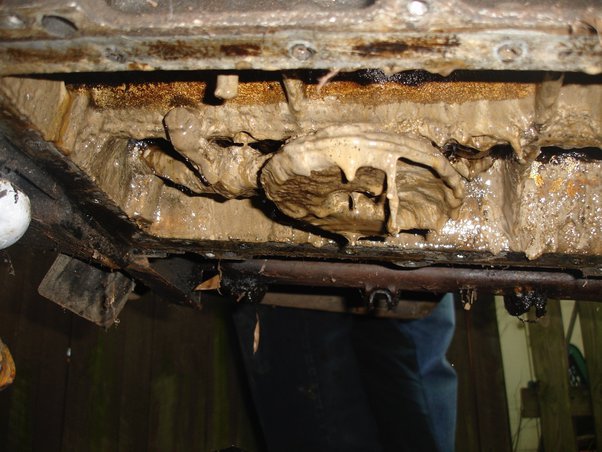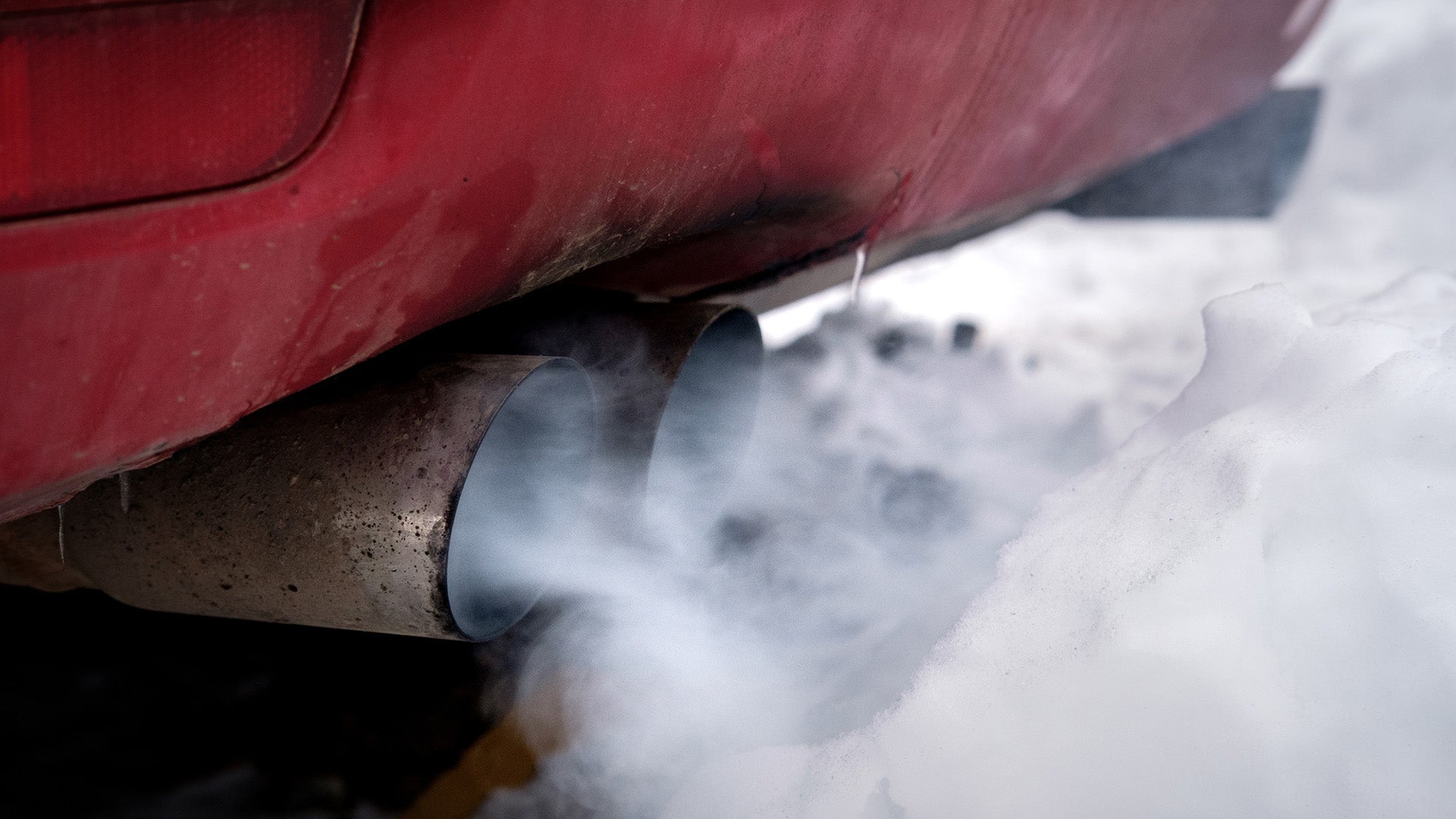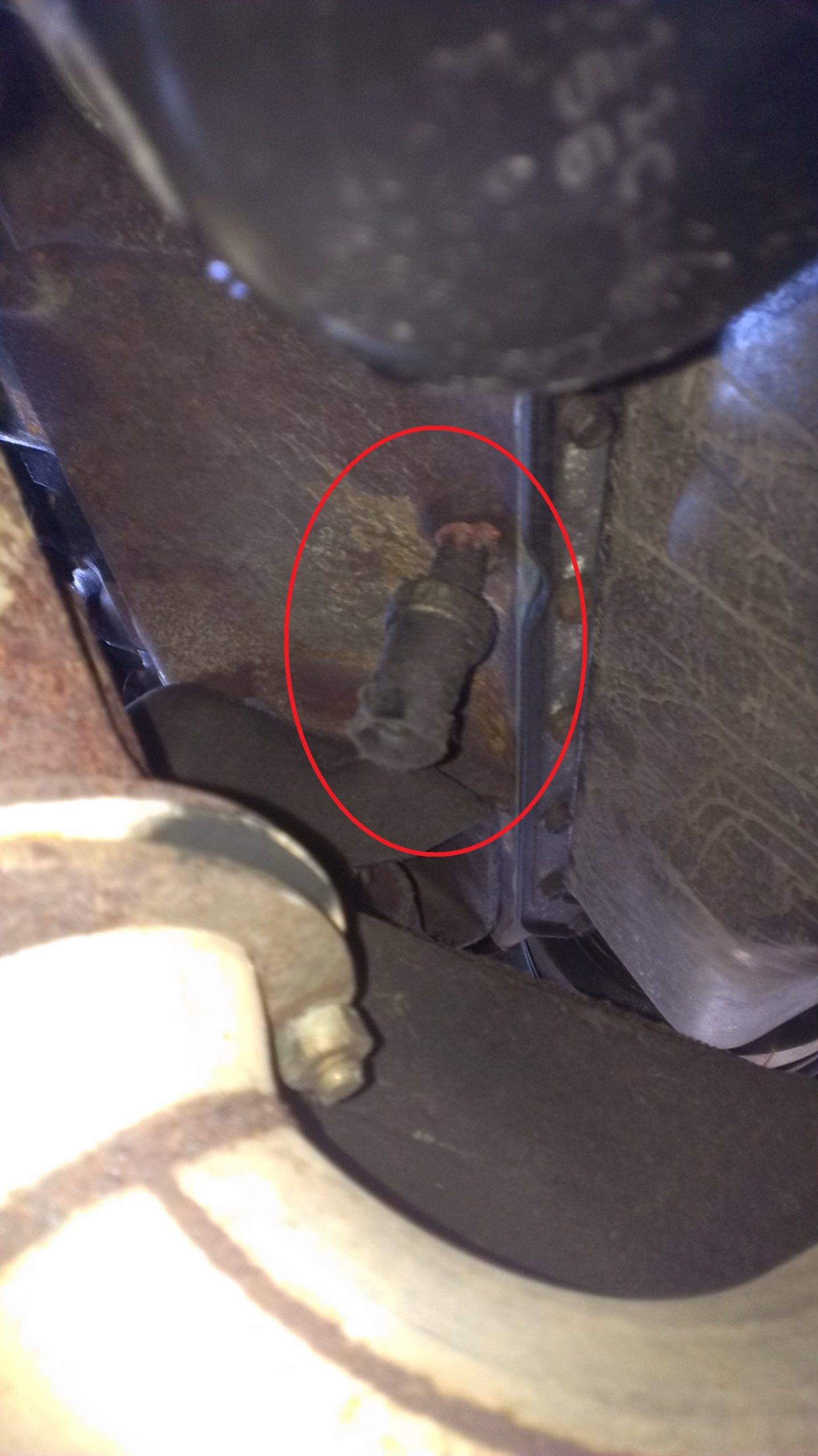Can a Bad Radiator Cause a Blown Head Gasket
Yes, a bad radiator can lead to a blown head gasket by causing the engine to overheat. An overheated engine is at high risk for head gasket failure.
Car maintenance issues can escalate quickly if not addressed promptly. A bad radiator stands out as a common culprit behind severe engine problems, including the threat of a blown head gasket. The radiator’s role in maintaining engine temperature is critical, and any malfunction can disrupt this balance.
Elevated engine temperatures strain the head gasket, a component designed to seal the internal combustion process. Understanding how these parts interrelate is essential for vehicle owners to prevent costly repairs. Early detection and repair of radiator issues are vital in safeguarding the head gasket and ensuring the longevity of your engine. This underlines the importance of regular vehicle maintenance and timely attention to any signs of cooling system problems.
Credit: www.quora.com
The Interplay Between Radiators And Head Gaskets
Understanding how the radiator and head gasket work together is key to maintaining your car’s health. A bad radiator might not be the obvious culprit for engine issues. Yet, it can be a hidden troublemaker, leading to something as serious as a blown head gasket.
Core Functions Of A Car Radiator
The radiator is the main component that keeps your car’s engine cool. Below are its primary functions:
- Regulating temperature to prevent overheating
- Dissipating heat produced by the engine
- Circulating coolant to reduce engine heat
A failure in these functions can lead to critical damage, including a blown head gasket.
Role Of The Head Gasket In Engine Performance
The head gasket is a seal that sits between the engine block and cylinder head. It has essential jobs:
- Keeps coolant and oil separate
- Seals the combustion process
- Ensures maximum compression
Without a working head gasket, your engine can face major problems, like overheating. This can be due, in part, to a malfunctioning radiator.
Warning Signs Of Radiator Failure
Understanding radiator failure is critical to maintaining a healthy engine. Radiators play a pivotal role in cooling systems. Ignoring warning signs can lead to serious issues, such as a blown head gasket.
Overheating Engine: A Red Flag
The primary role of a radiator is engine temperature regulation. An overheating engine often signals radiator trouble. Pay attention to the dashboard. If the temperature gauge spikes, seek immediate inspection.
Coolant Leaks And Discoloration
Check for coolant leaks around the radiator. Puddles of coolant under the car are a cause for concern. Coolant color change suggests contamination or rust. Both compromise radiator efficiency.
Rust And Corrosion Impact
Radiators afflicted with rust or corrosion function poorly. Visible corrosion or rust spots on the radiator’s surface indicate a weakened structure. Inspection at early stages prevents costly repairs.
| Warning Sign | Immediate Action |
|---|---|
| High Temperature Gauge Reading | Inspect Cooling System |
| Coolant Leak | Check for Radiator Damage |
| Color Changes in Coolant | Flush and Refill Coolant |
| Rust and Corrosion Spots | Professional Radiator Assessment |
- Monitor engine temperature closely.
- Look for signs of leaks or discoloration.
- Spot rust and corrosion early on.
Symptoms Of A Blown Head Gasket
Knowing the symptoms of a blown head gasket can save your engine from severe damage. A head gasket seals the cylinders to ensure maximum compression. It also avoids leakage of coolant or oil into the cylinders. When it fails, it’s not something to ignore. Let’s identify key signs of a blown head gasket.
White Smoke From Exhaust
White smoke billowing from the exhaust is a tell-tale sign. It means coolant has leaked into the combustion chamber. This leak can lead to serious engine issues.
- Thick White Smoke: Your car releases a dense white smoke.
- Sweet Smelling Vapor: The smoke has a sweet odor. It’s from the coolant burning.
Milky Oil Indicating Coolant Contamination
If the car’s oil looks milky or frothy, it’s bad news – coolant mixed with the oil because of a head gasket failure. This milky oil fails to lubricate the engine properly. The result could be catastrophic engine failure.
| Good Oil Color | Bad Oil Color |
|---|---|
| Amber to dark brown | Light brown, milky |
Engine Misfires And Poor Performance
An engine that misfires or runs poorly points to a blown head gasket. The gasket’s failure disturbs the compression ratio. It impacts the engine’s ability to run smoothly. Look out for these signs:
- Uneven Running: Your car may shake or run rough.
- Power Loss: You’ll likely feel a loss in engine power.
How A Failing Radiator Can Damage The Head Gasket
A car’s radiator and head gasket work hand-in-hand. When the radiator fails, the consequences can be severe. One serious result is damage to the head gasket. Understanding how this damage occurs is key to maintaining engine health.
Elevated Engine Temperatures
The radiator keeps the engine cool. When it fails, the engine overheats. Heat is a head gasket’s enemy. Overheating can lead to a blown head gasket, a costly problem.
- Excessive heat warps engine components
- Metals expand, causing gaps for gases and fluids
- Head gasket seals weaken and fail
Pressure Buildup And Gasket Stress
A bad radiator affects pressure balance. It can’t handle high stress. The head gasket seals engine sections. Too much pressure and it breaks. Regular cooling system checks prevent this.
| Normal Pressure | Head Gasket Intact |
| High Pressure | Gasket at Risk |
Compromised Coolant Circulation
Coolant flow is essential. A failing radiator disrupts it. This leads to hot spots in the engine. These spots put extra strain on the head gasket. It can crack or blow.
- Radiator circulates coolant
- Flow disruption causes hot spots
- Increased tension on the head gasket
Preventive Measures And Maintenance
Keeping your car’s engine healthy starts with the cooling system. A bad radiator can lead to a blown head gasket. But, you can avoid this with some simple steps. Let’s talk about preventive measures and maintenance.
Regular Cooling System Service
It’s essential to give your car’s cooling system regular checks. This routine service helps spot problems early. Here’s what you should do:
- Check coolant levels often and top up as needed.
- Inspect the radiator, hoses, and connections for leaks or wear.
- Schedule a coolant flush every 30,000 miles or as per your owner’s manual.
Importance Of Using Quality Coolant
Quality coolant does more than just prevent freezing and boiling. It also:
| Benefits of Quality Coolant |
|---|
| Protects against corrosion |
| Reduces chances of overheating |
| Extends the life of the cooling system |
Always choose coolant recommended for your vehicle’s model and make.
Knowing When To Replace The Radiator
Don’t wait for your radiator to fail. Look out for signs it’s time to replace:
- Constant overheating even with enough coolant.
- Green or yellow fluid under your car.
- Frequent coolant top-ups point to possible leaks.
A new radiator will keep your engine at the right temperature and prevent severe damage like a blown head gasket.
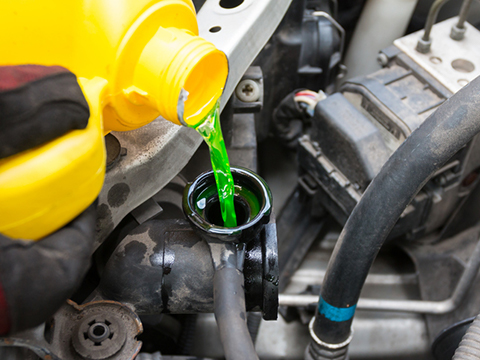
Credit: www.kseal.com
Diagnosis And Repair
The journey from diagnosing a vehicle issue to completing the repair can be intricate. When it comes to a damaged radiator causing a blown head gasket, precision is crucial. Let’s explore the steps for diagnosis and repair that can restore your vehicle’s health.
Professional Engine Inspection
A thorough engine inspection by a professional is the first step. They will:
- Check the radiator condition.
- Detect any leaks or overheating issues.
- Analyze the engine coolant for contamination.
- Perform compression tests to assess head gasket integrity.
An expert will spot symptoms that hint at a head gasket problem. Cloudy oil or coolant and white exhaust smoke are signs that demand attention.
Costs And Considerations For Repair
Repairing a head gasket is intricate. A price breakdown often includes:
| Labor | Parts | Total Costs |
|---|---|---|
| $500-$1500 | $200-$500 | $700-$2000 |
Costs vary due to vehicle make or model and the damage extent. Choosing quality parts ensures longevity and performance.
Long-term Solutions For Engine Health
Post-repair, focus on long-term engine care. Commit to:
- Regular maintenance checks.
- Monitoring engine temperatures.
- Using quality coolant solutions.
- Timely oil changes.
Sustaining engine health helps prevent future damages, ensuring you stay on the road longer and with confidence.

Credit: m.youtube.com
Frequently Asked Questions For Can A Bad Radiator Cause A Blown Head Gasket
Can A Bad Radiator Lead To Head Gasket Failure?
A malfunctioning radiator can cause overheating, which in turn may lead to a head gasket failure. The excessive heat compromises the gasket’s integrity, often resulting in a blowout.
How Does A Radiator Malfunction Affect Engine Health?
A failing radiator can’t regulate engine temperature properly. This leads to overheating, which can severely damage engine components and reduce overall engine health and longevity.
What Are Signs Of A Blown Head Gasket From Radiator Issues?
Signs of a blown head gasket include white exhaust smoke, milky oil, overheating, and loss of coolant without visible leaks. These symptoms often stem from radiator problems.
Will Fixing A Radiator Prevent Head Gasket Damage?
Addressing radiator problems promptly can prevent the excessive heat that causes head gasket damage. Regular maintenance and timely repairs are crucial for prevention.
Conclusion
Understanding the link between a faulty radiator and a head gasket failure is crucial for vehicle maintenance. A compromised radiator can indeed elevate engine temperatures and lead to a blown head gasket. Regular checks and timely repairs can prevent such costly issues.
So keep an eye on your cooling system—your car’s health depends on it.

